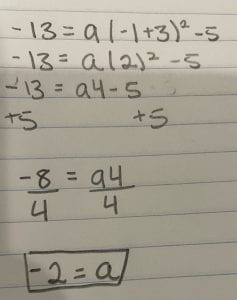Neuron communication summary
Motor neuron
The function of the nucleus it to carry the DNA, while the cell body contains the genetic information, maintains the structure, and provides energy. The myelin sheath works to allow electrical impulses to transmit quickly and efficiently. The axon terminal releases the neurotransmitter when it is stimulated, caused by an electrical signal carried by the axon, and the axon bulb secretes the neurotransmitter. The node of Ranvier works to facilitate rapid conduction of the nerve impulses, while the axon carries electrical impulses and projects to the synapses. The dendrite works to transfer the received information to the soma of the neuron. All these different parts work to allow us to speak, move, swallow and more.
Neuron function:
How an action potential moves along the neuron fibre:
An action potential moves along the neuron fibre through four main steps. It starts at resting position. This is when the sodium is on the outside of the axon, and the potassium is on the inside of the axon. At this time, the voltage is -70mV. Next depolarization occurs. This is when the sodium moves from the outside of the axon to the inside, and the voltage is +30mV. Next, potassium ions get pumped out and move to the outside of the membrane. At this time, repolarization occurs, and the voltage goes from +30mV back down to -70mV. Finally, the flow of depolarization occurs. This is when the potassium moves back to the outside of the axon and the sodium moves back in. The voltage remains -70mV. All these steps work together to create action potential that moves along the neuron fibre.
Synapse structure
The structure of the synapse is made up of two parts: The presynaptic membrane and the Postsynaptic membrane. The presynaptic membrane is attached to the axon bulb and is composed of the axon of the sending neuron which transmits messages from the cell body to the dendrites of other neurons. The synaptic vesicle which is used as storage and stimulus-dependent release of neurotransmitters and the axon terminal bulb is the “bulb” like structure that is the presynaptic membrane. Continuing, there is the synaptic gap in between the presynaptic membrane and the postsynaptic membrane where the neurotransmitters are. The job of the synaptic gap is to allow ions to flow from one cell to another one. Next, we get to the postsynaptic membrane, that is made up of the dendrite of receiving neuron, which works to allow a neuron to receive input from other cells. There are also the neurotransmitter receptors that through diffusion, allow the neurotransmitter to bind to the receptors on the postsynaptic membrane of the receiving neuron. When this happens the neurotransmitter message is received as excitatory (stimulates an actions potential on receiving neuron) or inhibitory (no action potential on the receiving neuron).
How a signal is sent from axon of sending neuron to dendrite of receiving neuron
Action potential begins in the first at neuron where goes to the axon bulb. From there, action potential allows the synaptic vesicles to move into the presynaptic membrane, where it will then move into the postsynaptic membrane through the synaptic gap. After that, it will move into the neurotransmitter receptors, where it will be either excitatory or inhibitory.
How the receiving neuron “determines” whether or not to send its own action potential
It “determines” whether or not to send its own action potential, depending on if the message is received as either excitatory (stimulates an actions potential on receiving neuron) or inhibitory (no action potential on the receiving neuron). This means that if the message is received as excitatory, the neuron “encourages” action potential, but if it is inhibitory no action potential will occur.


























